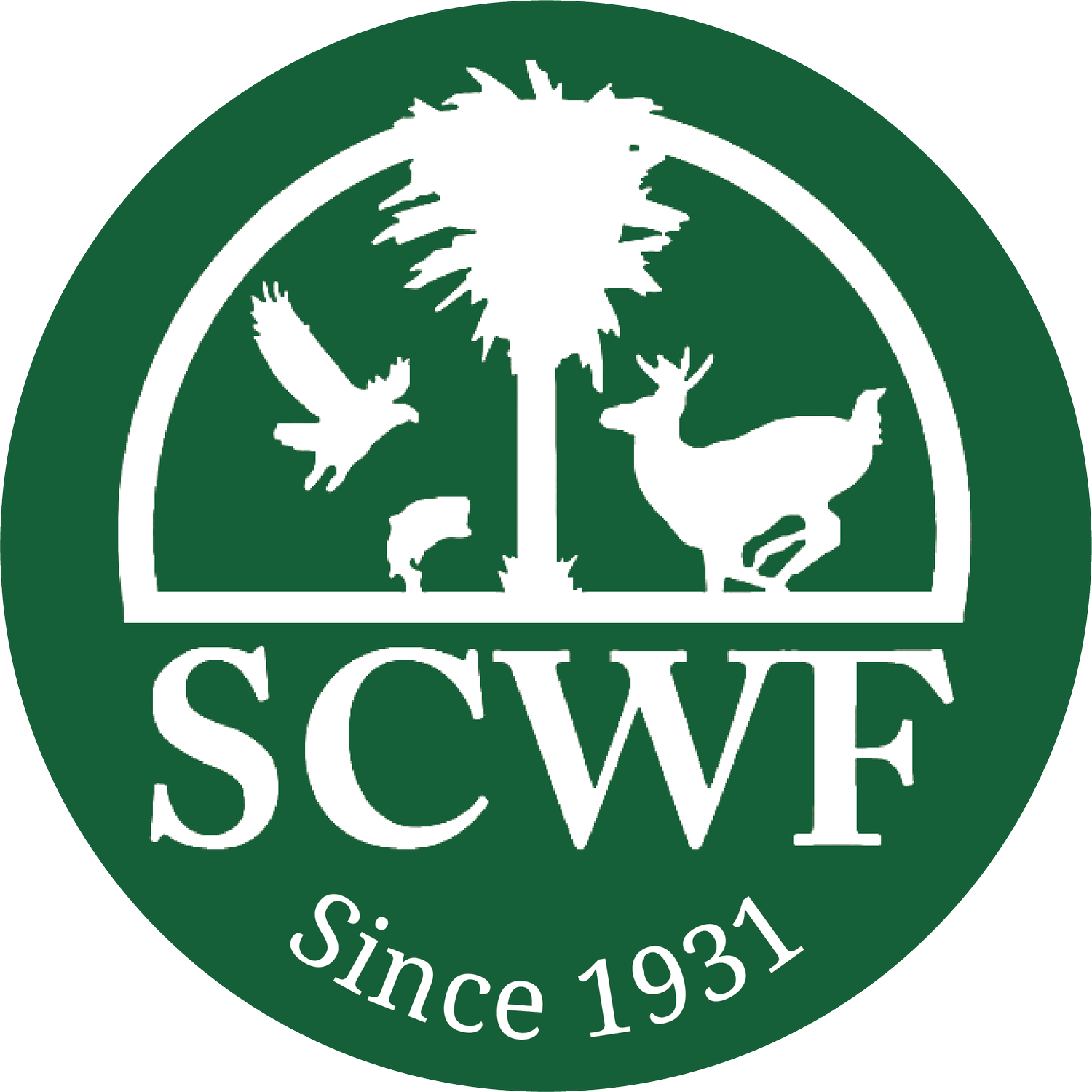We've received several reports recently from individuals who have bird feeders in the greater Columbia area saying they've had sick or dead birds in their yard. Most of the birds are pine siskins. These small birds resemble sparrows but have yellow markings on their wings. Pine siskins are related to finches, and disease can spread from pine siskins to house finches and American goldfinches as well. If ill, these birds may appear disoriented, bloated, and with fluffy feathers. This is an “irruption year” for pine siskins meaning they are being observed in larger flocks in our state than during a normal winter.
Because disease is spread where birds congregate, and pine siskins specifically travel in large flocks, we should take extra steps to help protect them at our feeders. If sick or dead birds are being seen at your home, take your bird feeders down for at least two weeks and clean them with a bleach solution of one part bleach to nine parts water. Dry thoroughly before refilling. Bird baths on your property should also be cleaned with this solution and dried before refilling. Feeders and bird baths should be cleaned at least once a week regularly, but especially this year with so many of these birds in our state.
Here's a great link from SCDNR that will support the importance of cleaning your bird bath.
Again, if you see sick or dead birds on your property, please remove your feeders for at least two weeks. If you continue to feed the birds at your feeder this year, clean your feeders at least once a week with a solution of bleach and water and clear the area beneath your feeders by raking up seed shells. Disease can also spread to cats and dogs if they come into contact with contaminated debris.
Read more about pine siskin “irruption” into South Carolina from our friends at Audubon SC here.
Pine Siskin, photo by John Tjaarda


